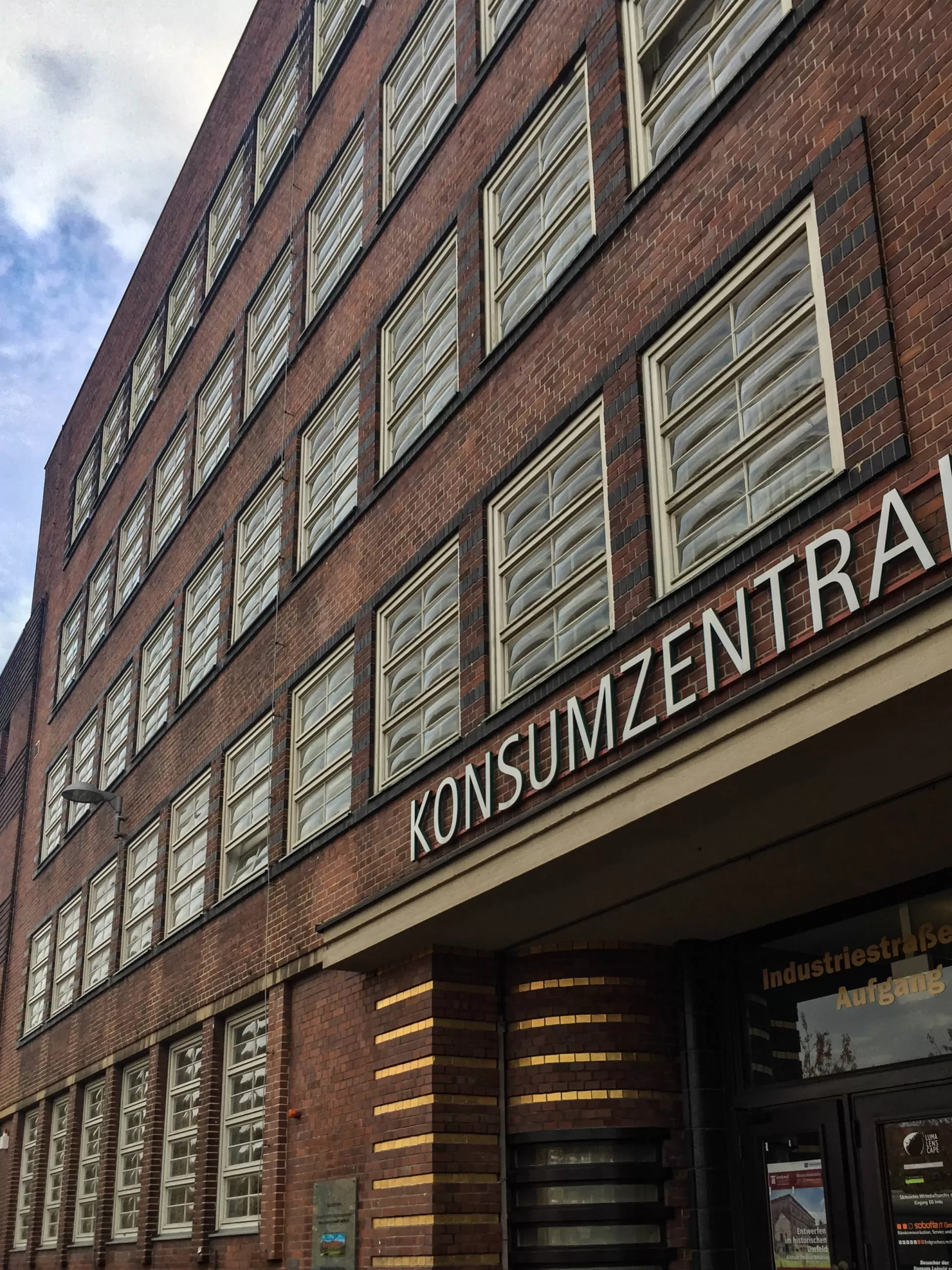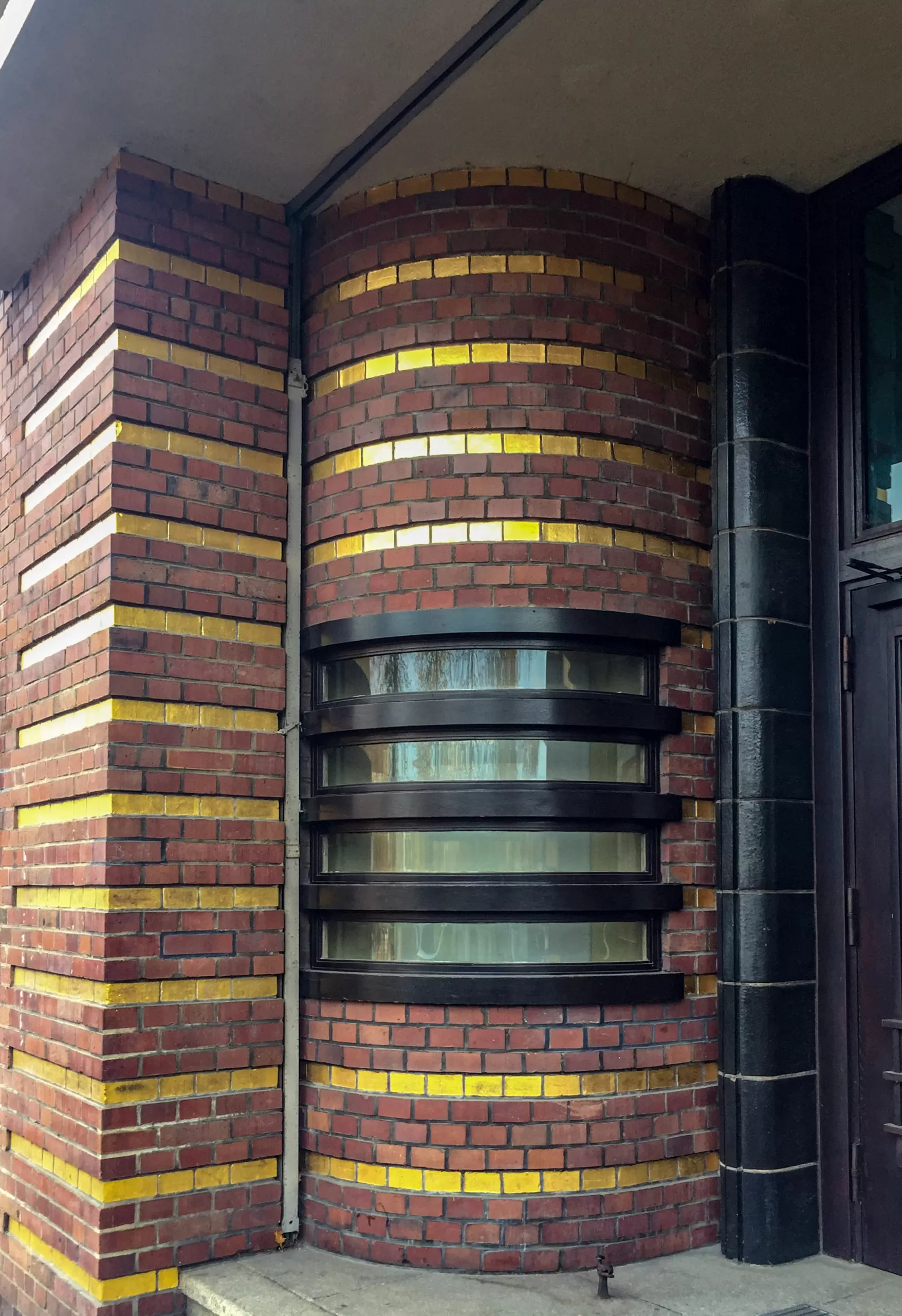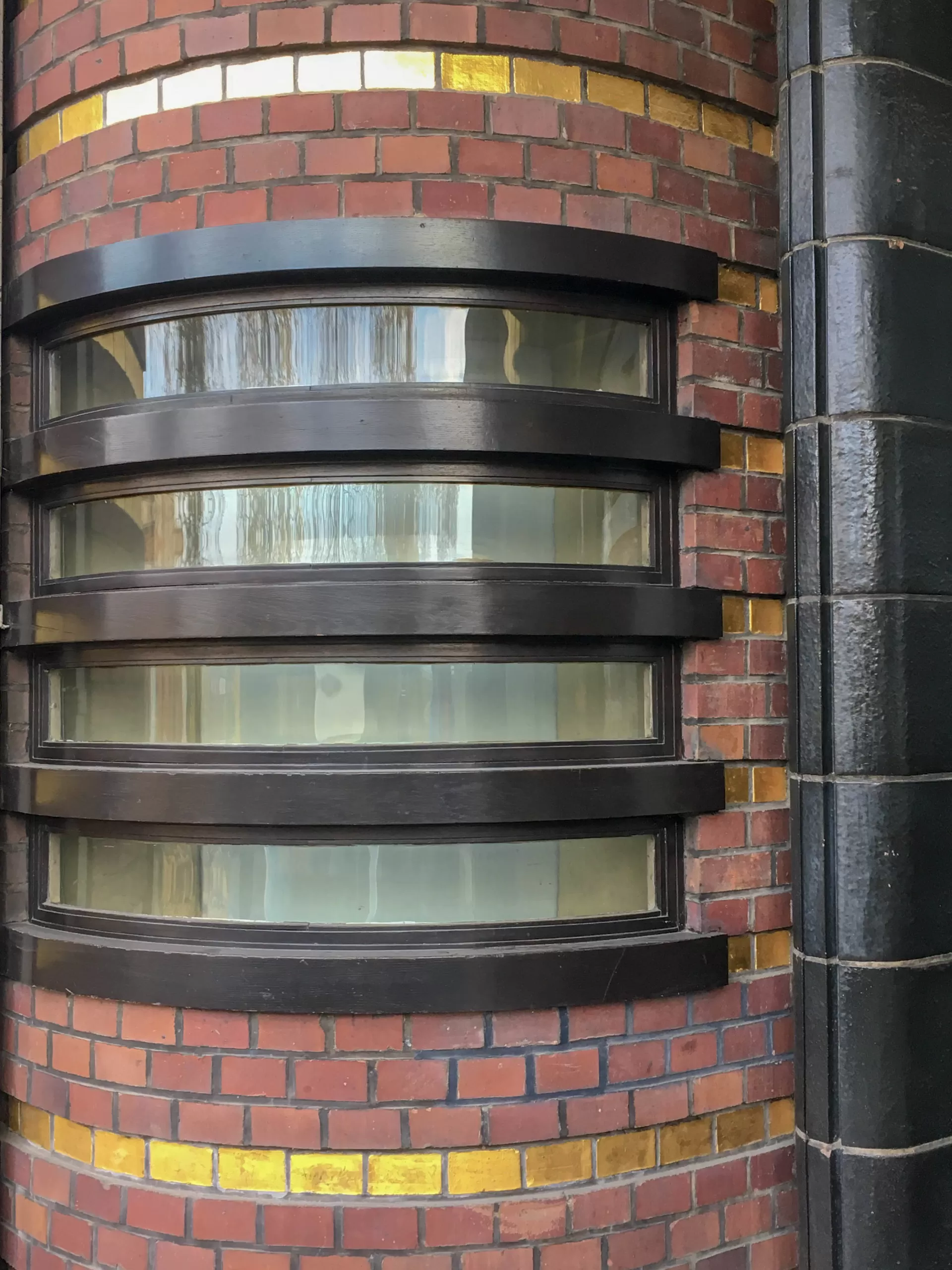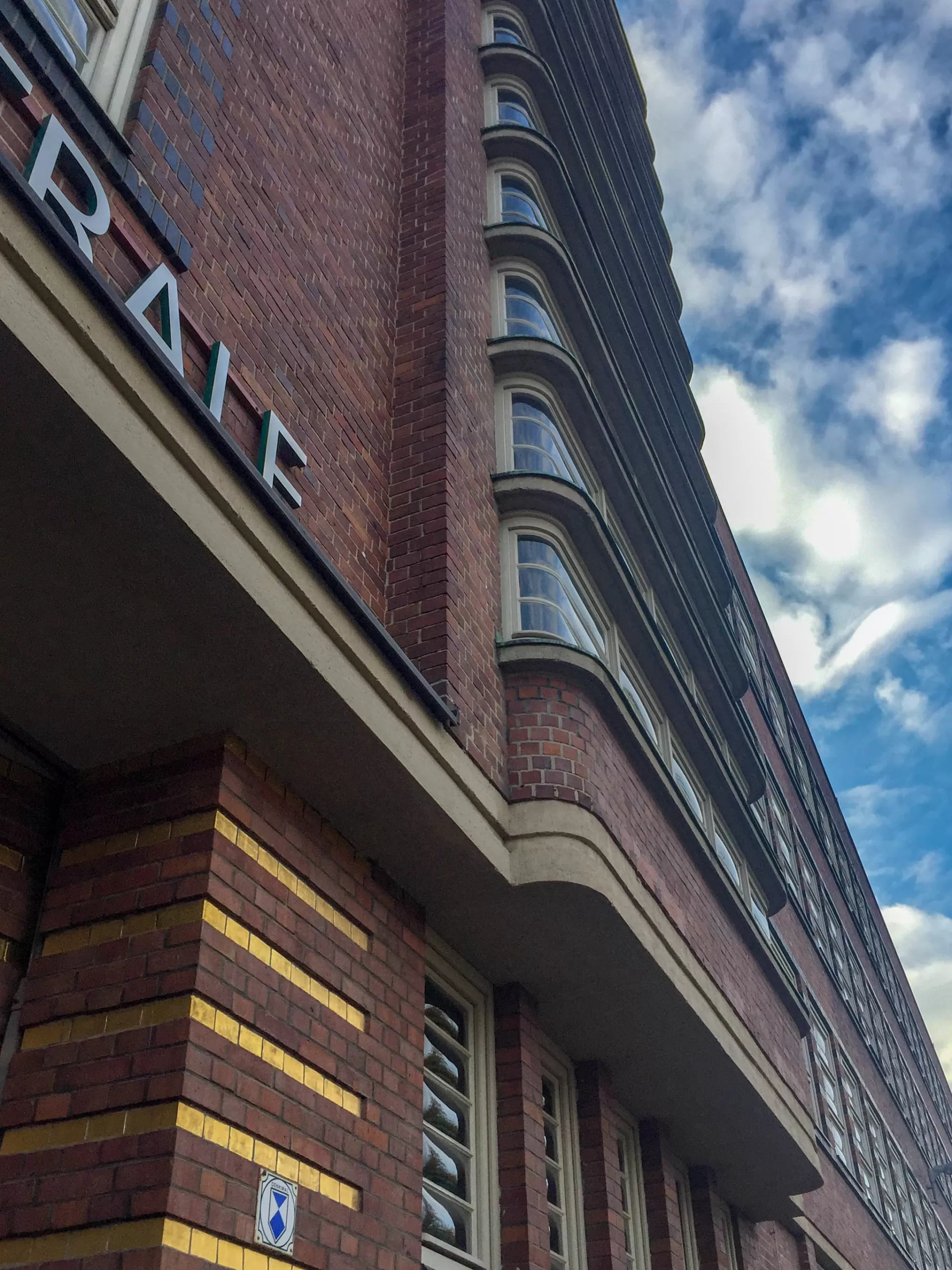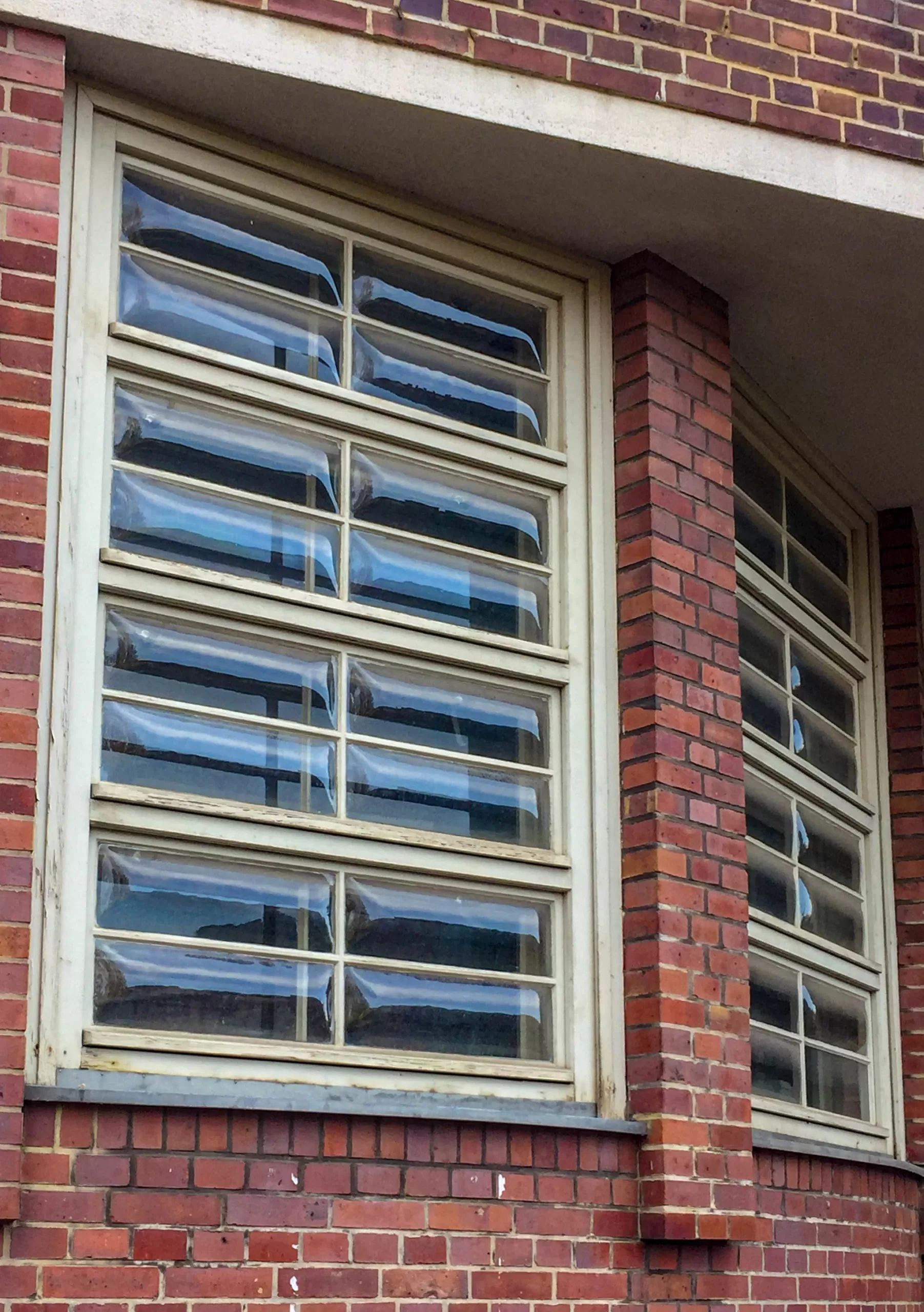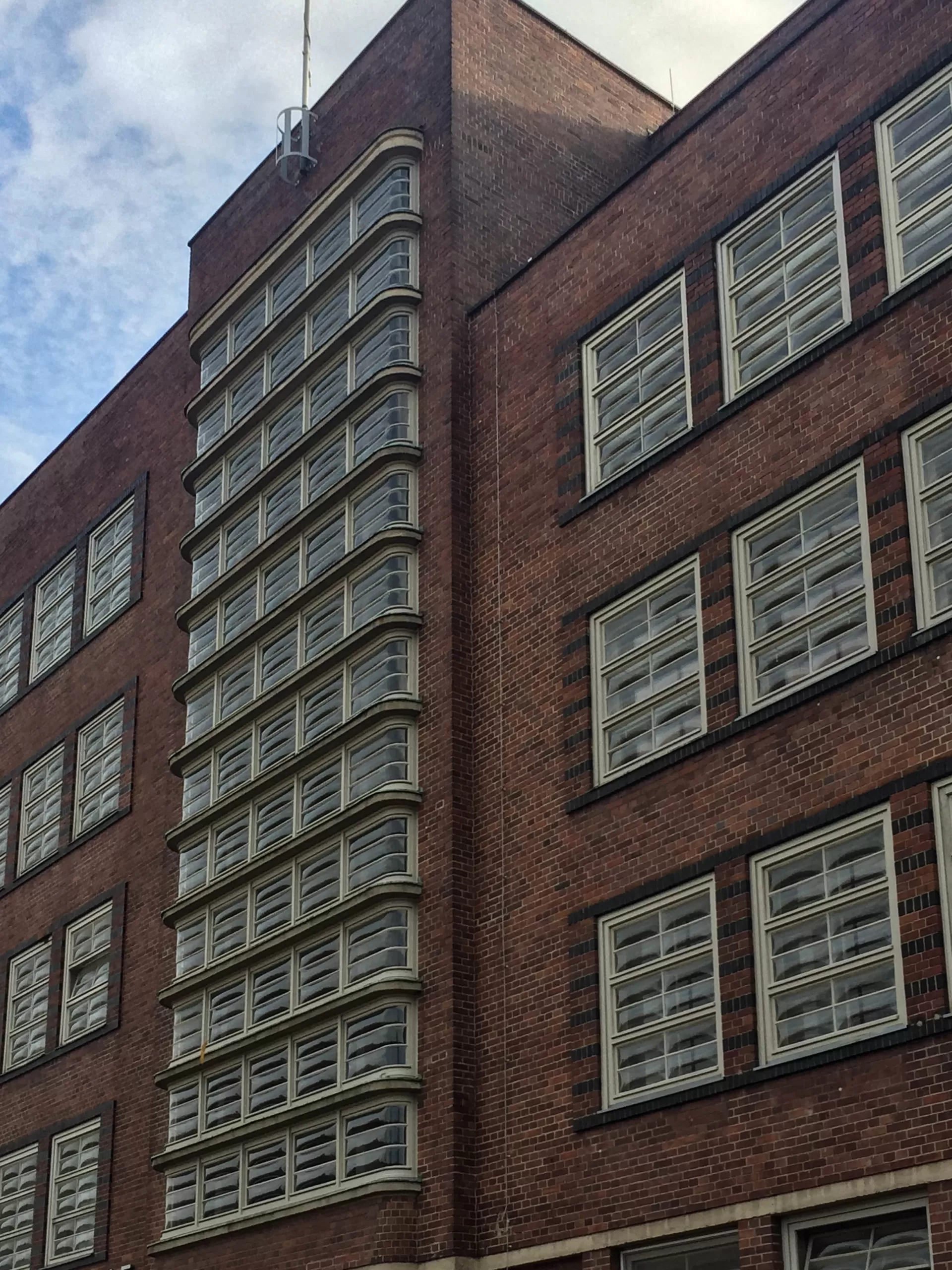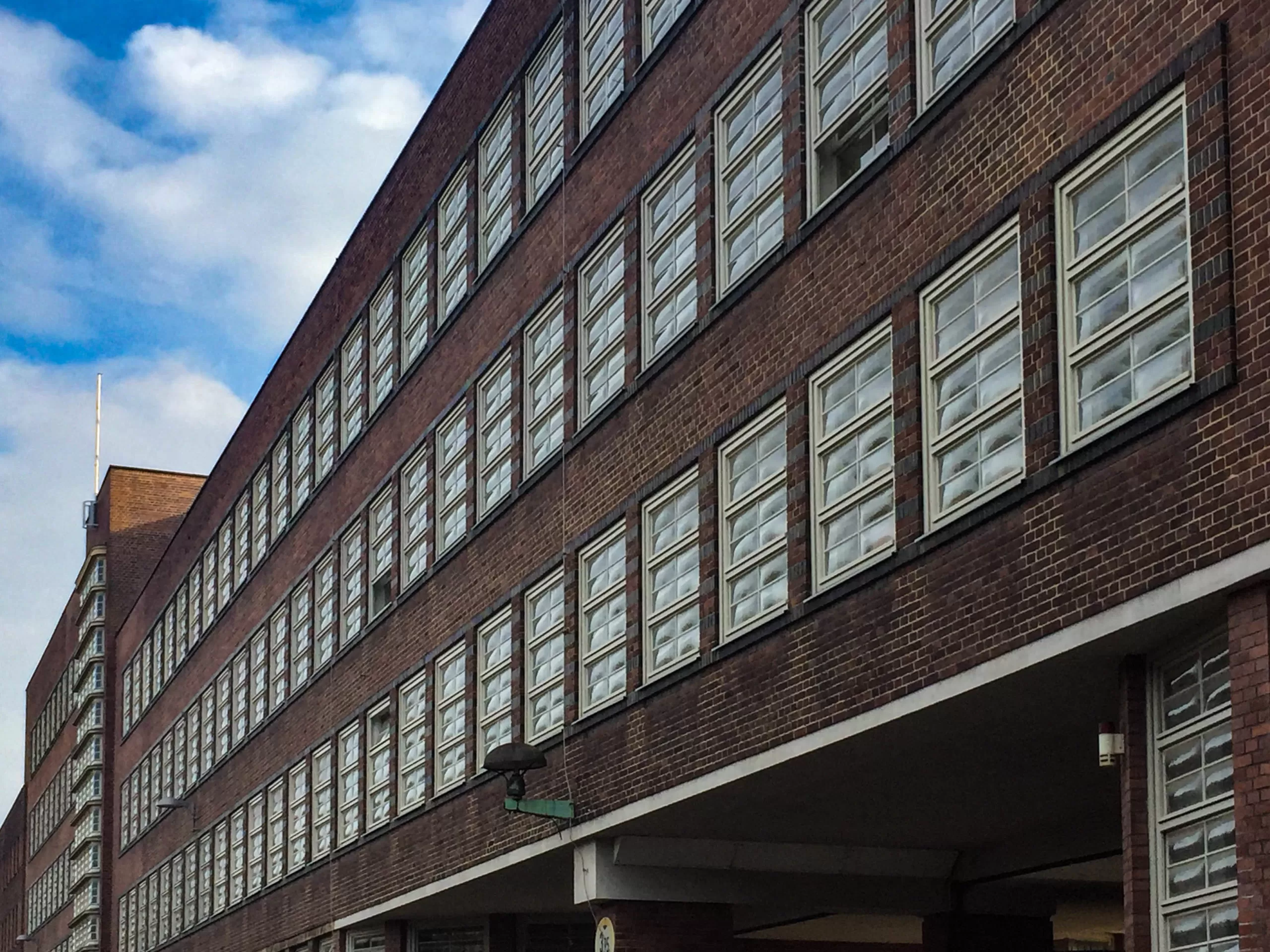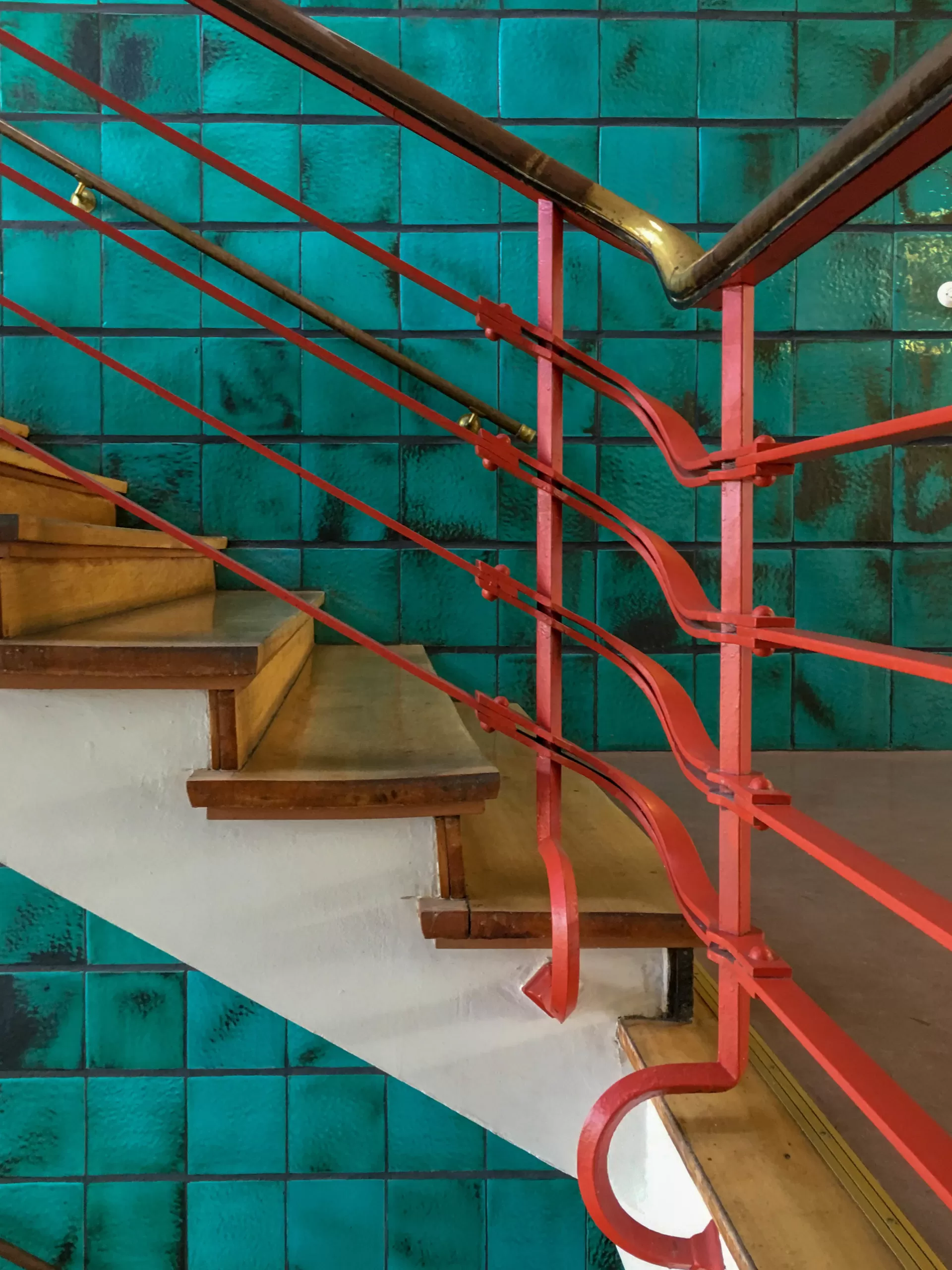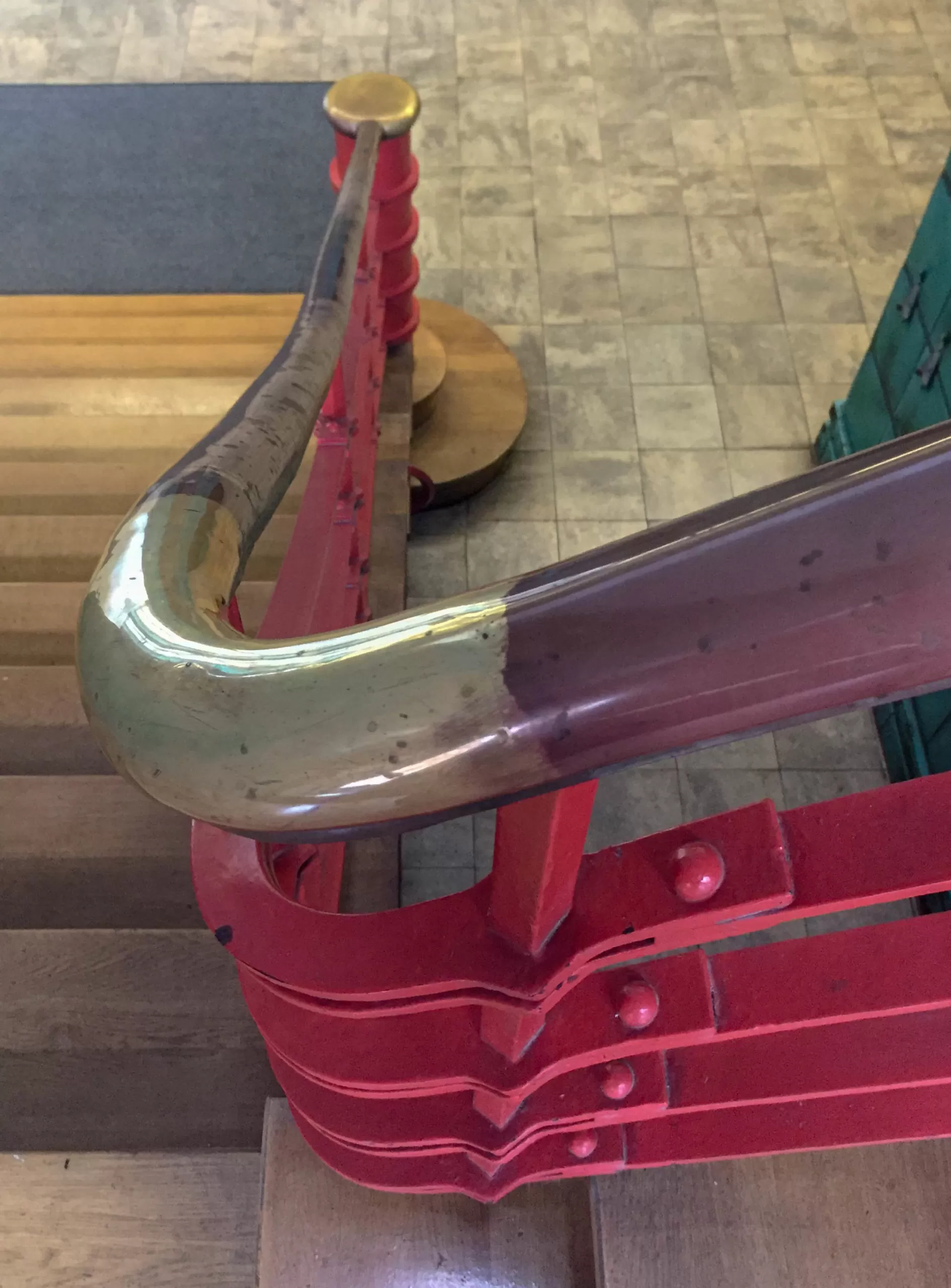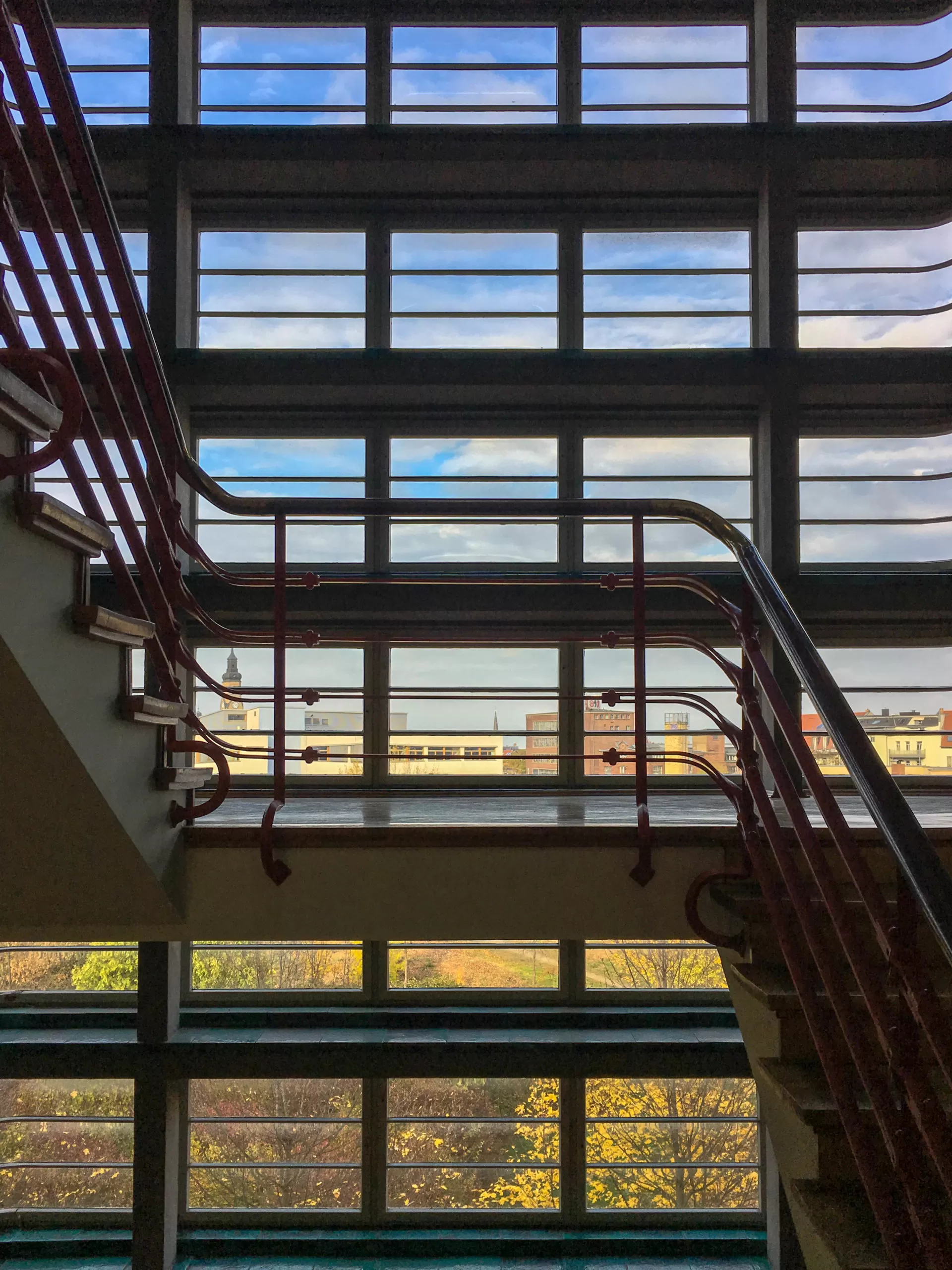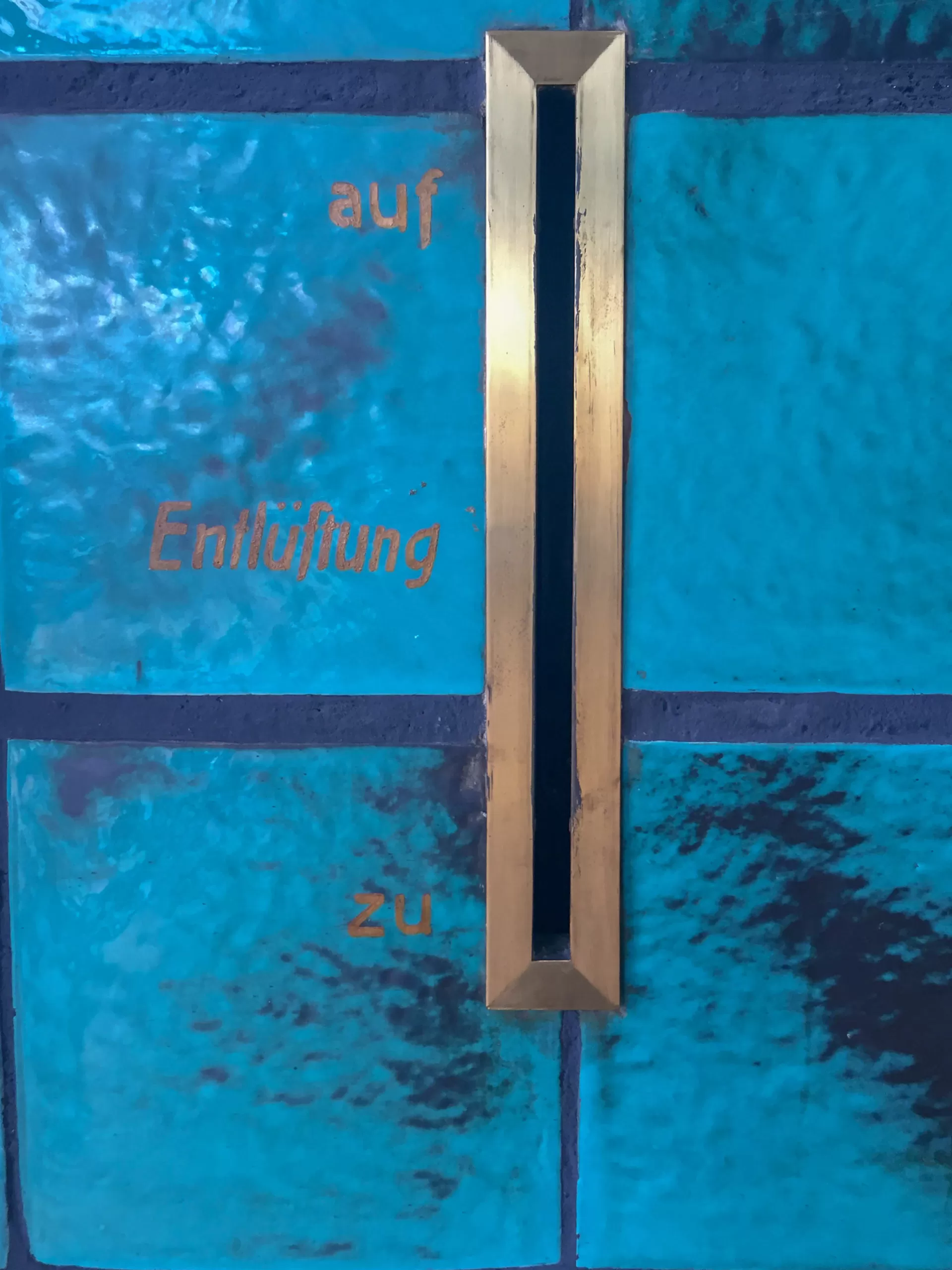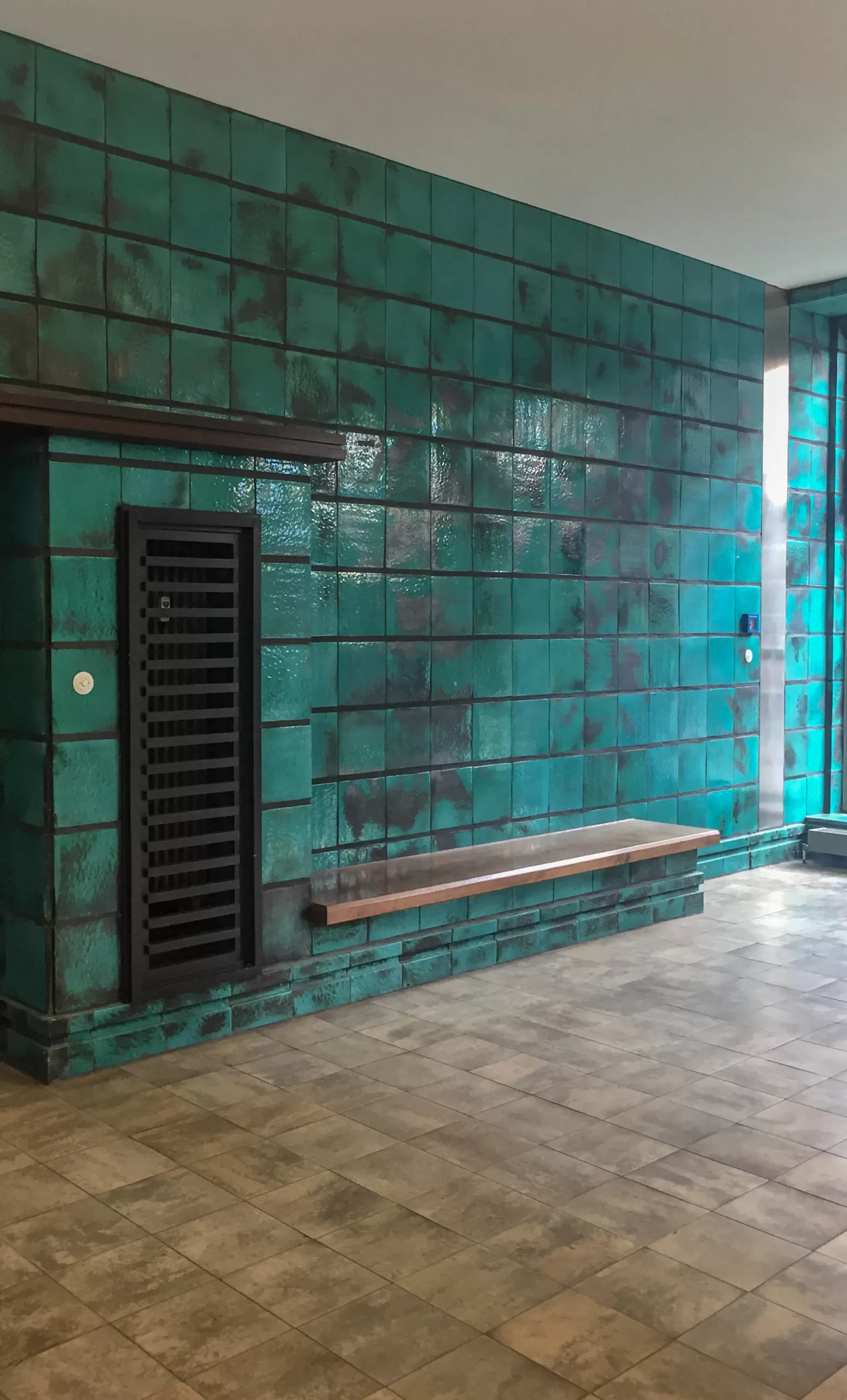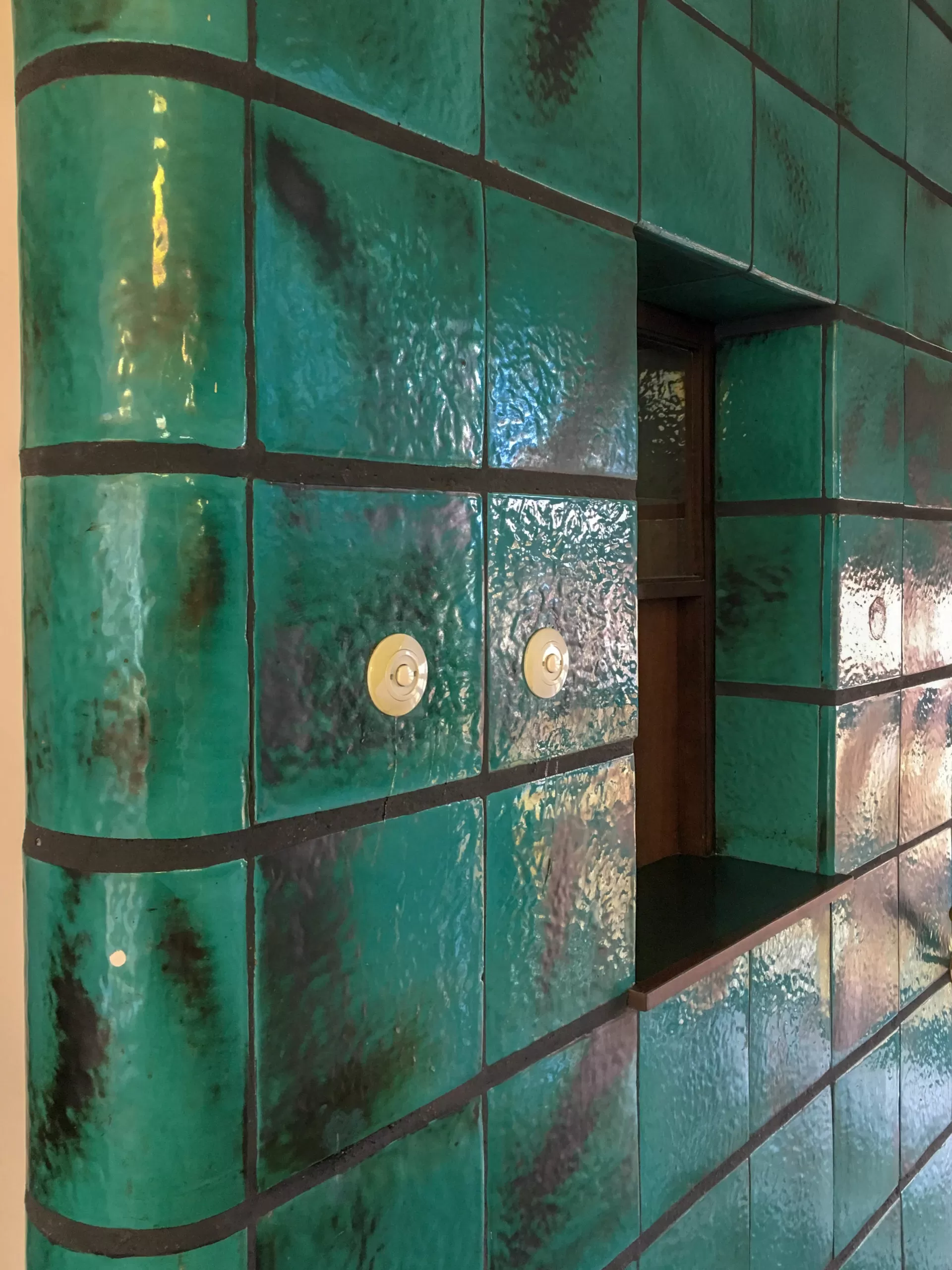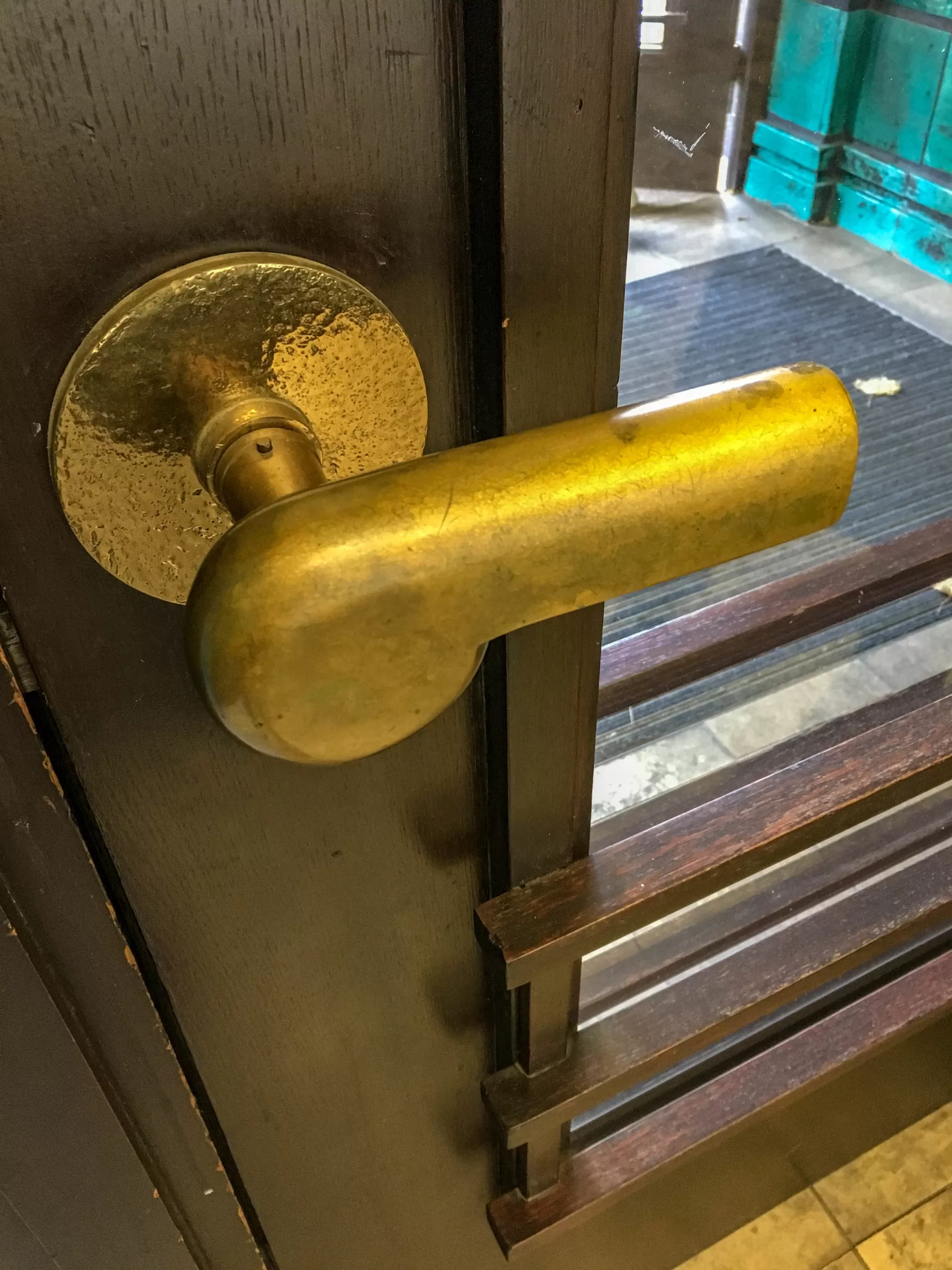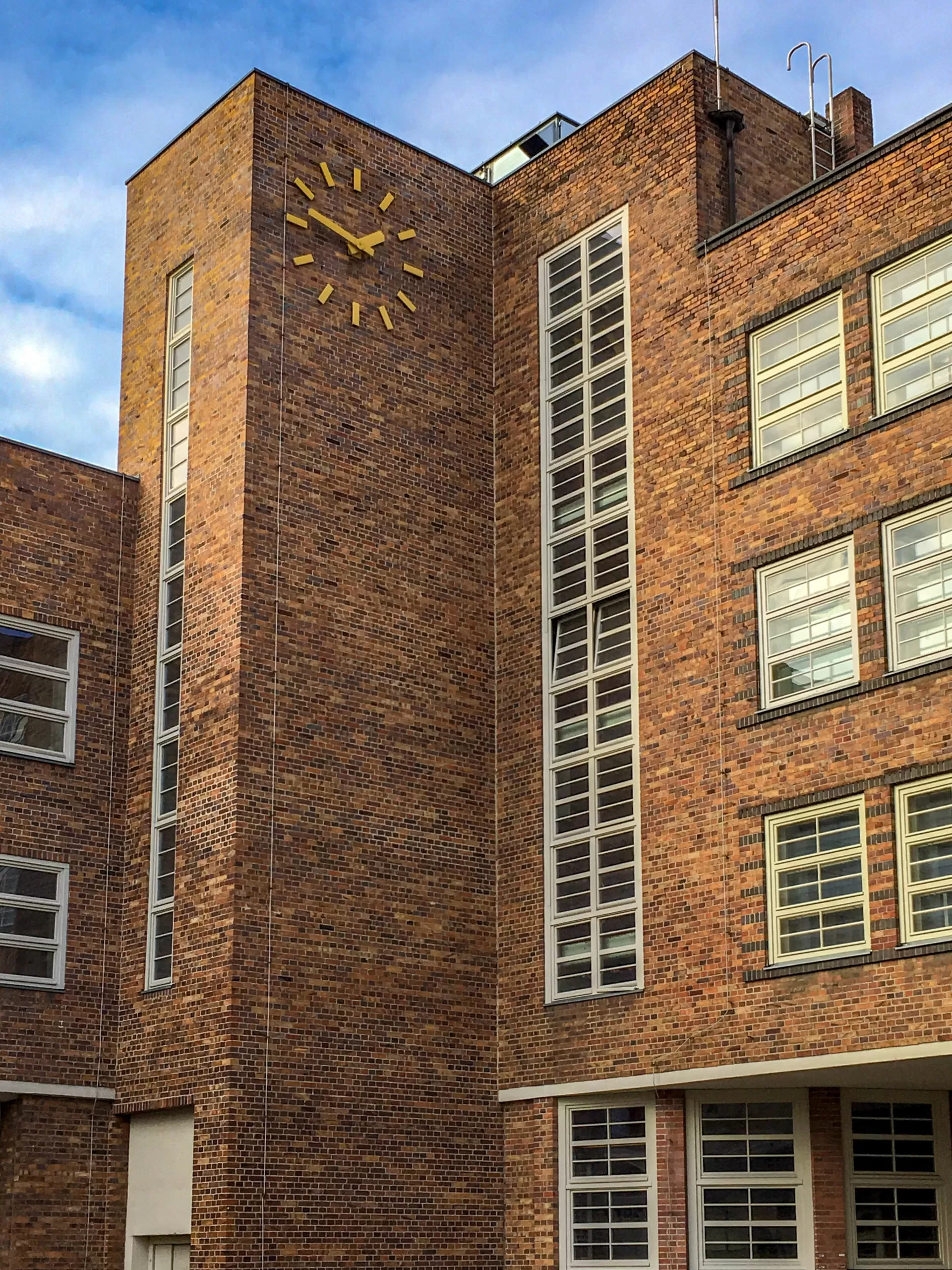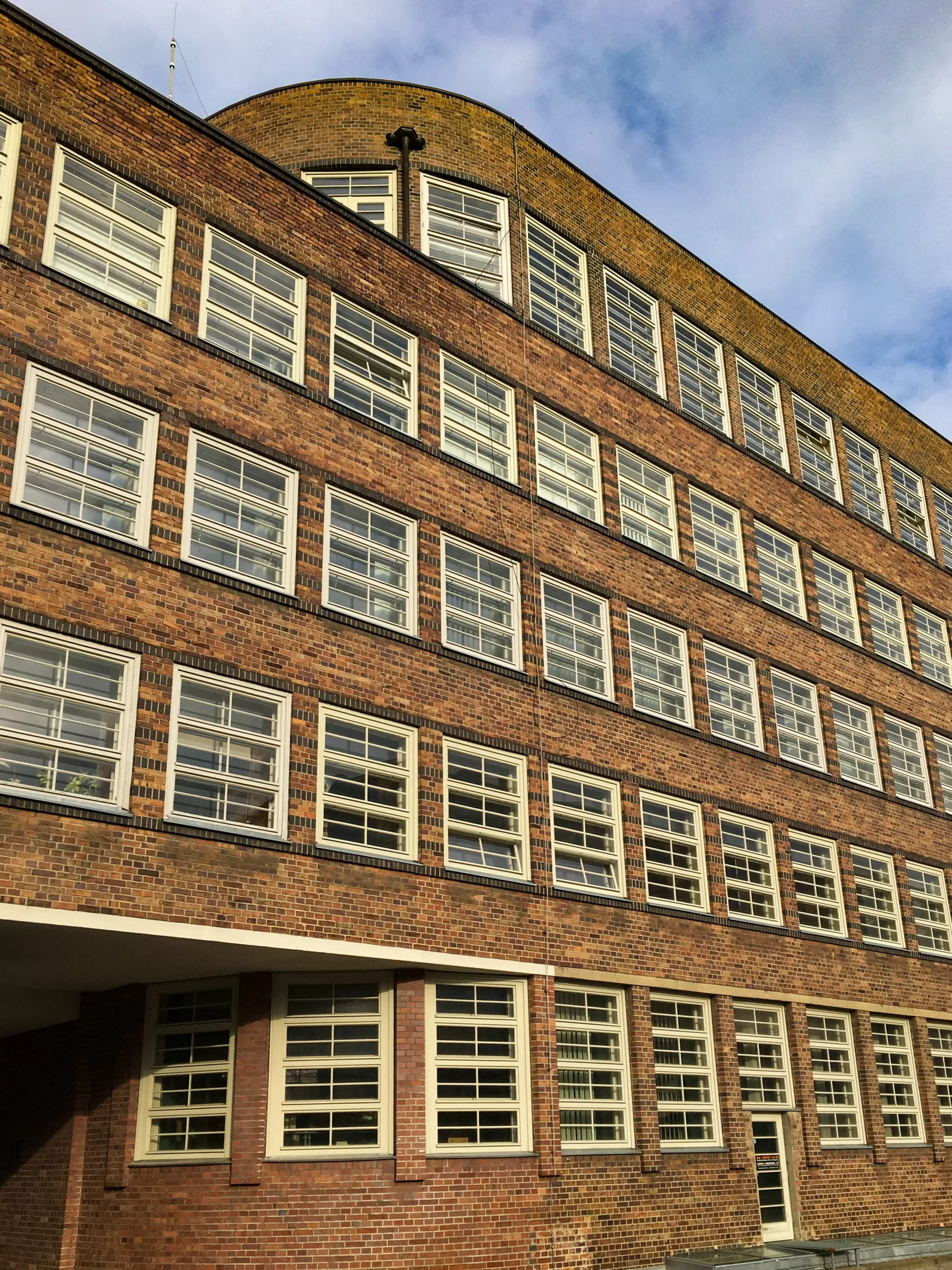1929 – 1932
Architect: Fritz Höger
Industriestraße 85-95, Leipzig-Plagwitz, Germany
The Konsumzentrale building complex in Leipzig was completed between 1929 and 1932 to a design by Hamburg architect Fritz Höger.
Consumer Association
Since its foundation in 1884, the Konsumverein Leipzig-Plagwitz had grown into one of the largest German consumer cooperatives.
Since the middle of the 19th century, consumer cooperatives had been founded with the aim of helping to improve the living standards of workers through jointly organized trade and production.
The administration and production building of the Leipzig-Plagwitz consumer association, which was built in 1895 and housed a bakery, dairy, butchery and coffee roastery, no longer met the growing demands in the 1920s.
It was demolished to make room for a new building.
Competition
In December 1928, the architects Walther Beyer, Otto Droge, Fritz Höger, Curt Schiemichen and the design department of Mitteldeutschen Wohnungsfürsorge GmbH were invited to participate in a limited competition for the new building.
The invitation of the only architect from outside the city, Fritz Höger, was due to the fact that the managing chairman of the cooperative’s board, Wilhelm Fischer, had worked in Hamburg until 1922 and knew Höger’s work from his own experience.
The only expert in the proceedings commissioned by the Konsumgenossenschaft was city architect Hubert Ritter, whose vote in favor of Fritz Höger’s design ultimately tipped the scales in favor of awarding the contract in March 1929.
Building Complex
The building complex of the Konsum headquarters is a 180-meter-long reinforced concrete skeleton structure with administrative, storage and workshop buildings on an area of approximately 180 x 65 meters.
The building is designed entirely for horizontal effect: Bands of windows with curved panes (so-called bowl windows) extend across the entire facade.
The main entrance is accentuated by curved wall edges with integrated porter’s lodges. Similar to the Chilehaus, the clinker wall incorporates gold-applied stones in bands.
Building Layout
The main stairwell emerges risalit-like from the façade and towers above the five-story building.
In order to create enough space for the installation of garages, the courtyard had a three-story basement.
On the first floor was a large counter hall for the membership department of the consumer cooperative, while the upper floors contained office space.
The meeting room of the supervisory board and a large assembly hall with a roof terrace occupied the fourth floor.
Main Staircase
The main staircase is clad in iridescent turquoise-blue wall tiles, which contrast with the vermilion railing and brass handrail.
Current Use
Today, the Konsumzentrale is used for meetings and events as well as commercial space.
Since 2020 and until 2026, the Konsumzentrale site is to be further developed.
The above-ground floors of the building sections will be retained in their commercial structure.

